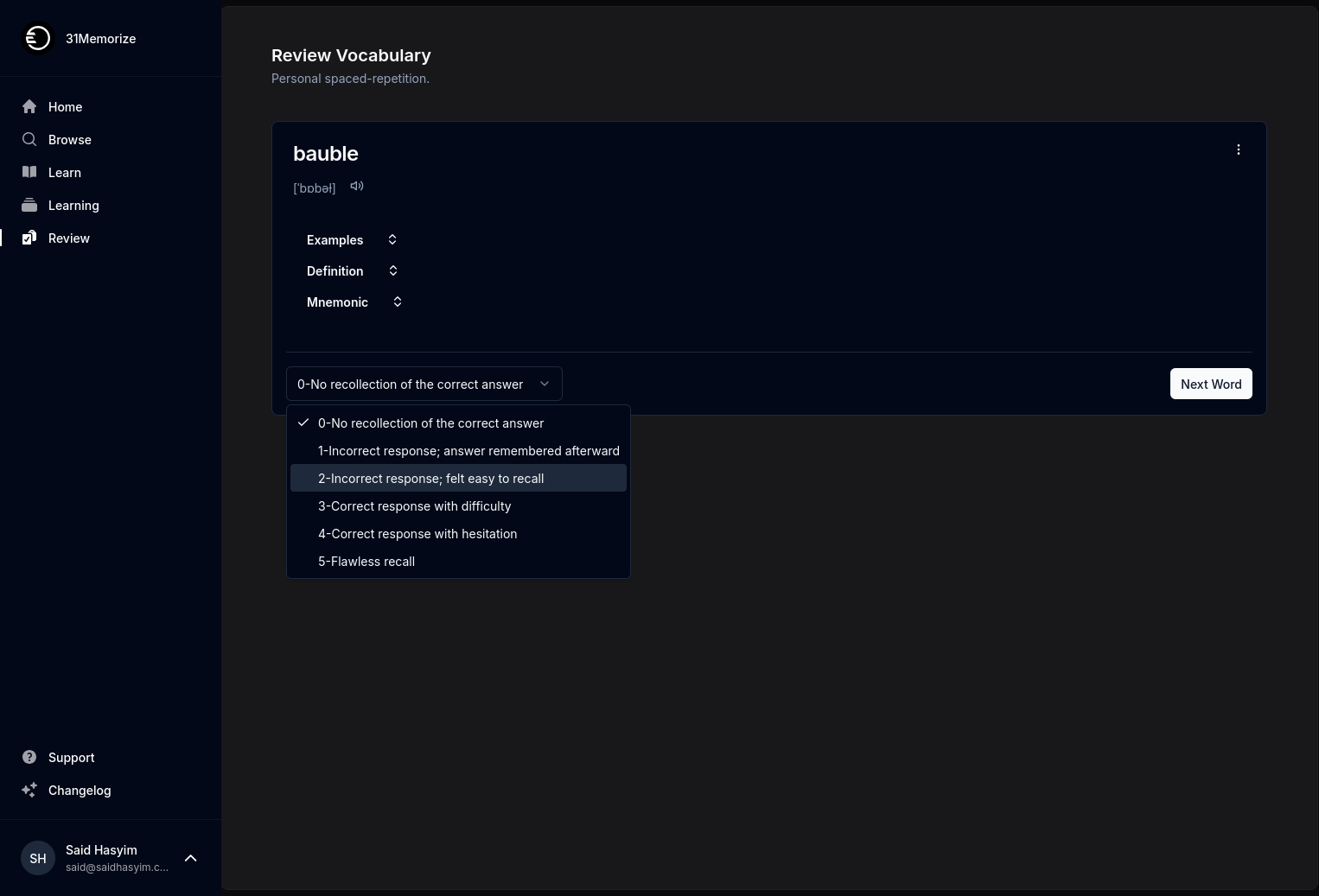Understanding the Algorithms of Book Review Sites
In the digital age, book lovers have numerous platforms to turn to for discovering their next great read. Among these platforms, book review sites stand out as vital resources, guiding readers toward books that match their interests and preferences. But how do these sites determine which books get recommended, highlighted, or ranked? In this blog post, we'll delve into the complex algorithms that drive book review sites, looking at how they function, what factors they consider, and how they influence readers' choices.
The Role of Algorithms in Book Review Sites
Algorithms are sets of rules or procedures that automatically analyze data to solve problems or make decisions. For book review sites, these algorithms curate content, determine rankings, and tailor recommendations. The ultimate goal is to enhance user experience by delivering personalized content. While each site may have its unique algorithm, there are common elements that underscore their operation.
1. Data Collection and Analysis
Book review sites gather vast amounts of data. This data can include user ratings, written reviews, genres, author popularity, sales figures, and even social media engagement. By leveraging this information, algorithms can perform comprehensive analyses to discern patterns and preferences.
User Interactions
User interactions are crucial. Actions such as ratings, reviews, clicks, and time spent on a specific book page provide insights into readers' preferences. The algorithms use this information to refine what they show to users. For instance, if a user frequently rates thrillers highly, the algorithm is likely to prioritize similar titles when suggesting new books.
Book Metadata
This refers to the background information tied to each book, including publication year, genre, author, and awards. Metadata helps establish a comprehensive understanding of each book, enabling algorithms to categorize and recommend effectively.
2. Ranking Systems
Book review sites utilize various ranking systems to determine which books appear at the top of search results or recommendation lists. These systems often take several key factors into account:
Average Rating
The average rating of a book plays a significant role in its ranking. A book with a high average rating from a considerable number of users is likely to be prioritized over titles with fewer ratings, even if the latter have better individual scores.
Recency of Reviews
New books may be highlighted more prominently than older titles. Review recency signals user interest, and fresh reviews often lend credibility to the overall perception of a book. Algorithms might weigh newer reviews heavier than older ones to reflect current reader sentiment accurately.
3. Personalization Algorithms
One of the most significant advancements in technology is the capability of creating personalized user experiences. Through the use of machine learning and data analysis, book review sites are increasingly designing algorithms that cater to individual preferences.
Collaborative Filtering
Collaborative filtering is a common technique employed to provide recommendations based on user behavior. If a user has liked books A, B, and C, and another user has liked books B and D, the algorithm might recommend book D to the first user, assuming they may enjoy it based on similar tastes.
Content-Based Filtering
Unlike collaborative filtering, content-based filtering focuses on the attributes of the books themselves. It examines the characteristics of books that a user has enjoyed in the past and recommends other titles with similar thematic elements or genres.
4. Sentiment Analysis
Advanced algorithms also incorporate sentiment analysis, a form of natural language processing that assesses the emotional tone behind user-written reviews. By analyzing the language used, algorithms can gauge overall sentiment—positive, negative, or neutral—towards a book. Books with overwhelmingly positive reviews may be pushed to the forefront, creating an impression of popularity and quality.
5. Diversity and Fairness
As algorithms play an increasing role in shaping readers' choices, concerns about diversity and fairness come into play. Algorithms may unintentionally promote books from well-known authors or popular genres while sidelining underrepresented voices or niche genres. To counteract this bias, some book review sites are actively seeking to balance their algorithms, ensuring a more diverse range of recommendations that better reflect the full spectrum of literature.
6. User Feedback Loops
User feedback loops are essential for refining algorithms continuously. By soliciting user input and monitoring behavior changes, book review sites can adapt their algorithms to meet evolving preferences. This responsiveness ensures that algorithms remain effective and relevant over time.
Conclusion
The algorithms behind book review sites are intricate systems that combine data analysis, user behavior, and advanced technological techniques to create a personalized reading experience. As algorithms evolve, they aim to provide increasingly accurate recommendations, helping readers navigate the vast literary landscape.
While these algorithms can significantly enhance how we discover books, it's crucial to remain mindful of their limitations. Understanding how these systems work empowers readers to engage more critically with the recommendations they receive and encourages a more diverse appreciation of literature. Whether through user interactions or personal exploration, we can all contribute to a richer tapestry of literary discovery that celebrates the myriad voices and stories waiting to be uncovered.
Engage with your community of readers, share your opinions, and foster a critical appreciation of all genres and authors—this way, we can collectively influence the algorithms shaping our reading journeys. Happy reading!
